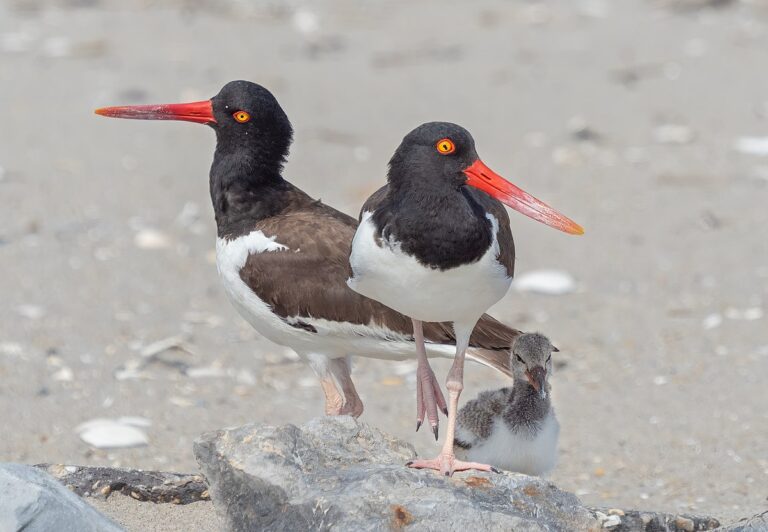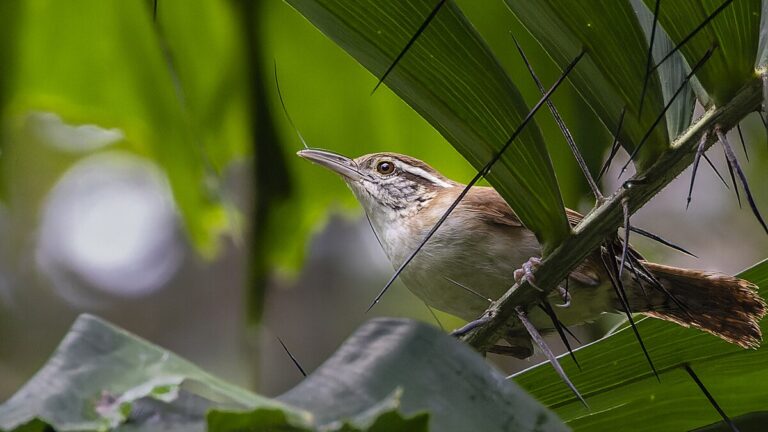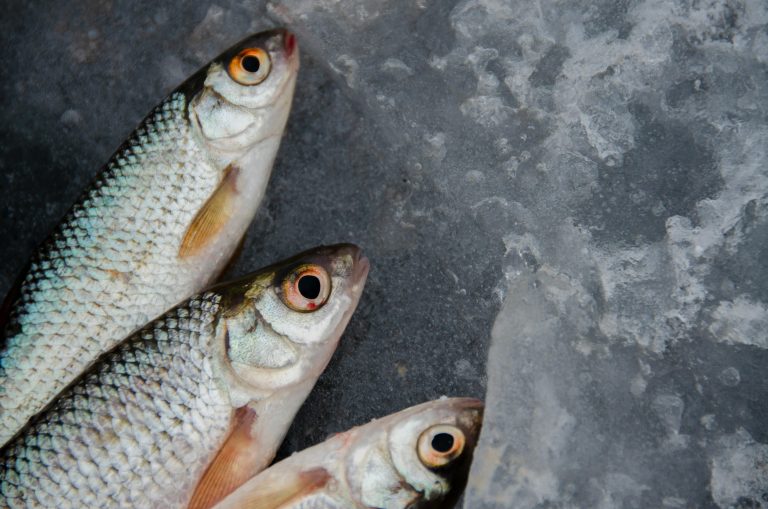How Does A Softshell Protect Itself?
Softshell turtles, despite lacking the robust protection of hard shells like their counterparts, have evolved several strategies to defend themselves in the wild. While their soft shells may seem like a vulnerability, these turtles compensate with other adaptations.
Though the soft shell is the weakness of the softshell turtles, they use their horny beaks, sharp jaws, and powerful claws to protect themselves. These turtles are more alert to dangers and act aggressively.
In this article, I will discuss the survival methods of a softshell turtle in the wild. If you are interested, do not forget to give this article a quick read.
Why Are Softshell Turtles Vulnerable To The Predators?
Softshell turtles indeed face unique challenges due to their flat, rubbery carapace, which lacks the hard protection characteristic of other turtle species. Predators may see them as easy prey due to their vulnerable shell and abundance of meat. However, softshell turtles have developed strategies to cope with these threats:
- Quick Reflexes: Softshell turtles are often alert to danger and have quick reflexes. They can react swiftly to threats by retreating into the water or using their agility to escape predators.
- Sharp Defenses: Despite their soft shells, softshell turtles possess sharp claws and powerful jaws that they can use to defend themselves. They may bite or scratch at predators when threatened, inflicting injuries that can deter or incapacitate attackers.
- Escape Tactics: Softshell turtles are skilled swimmers and can quickly dive into the water when threatened on land. Their streamlined bodies allow them to move efficiently through the water, making it challenging for predators to catch them.
- Camouflage: Some softshell turtle species have coloration and patterns that help them blend into their surroundings, making them less visible to predators when basking or resting on land.
- Basking Behavior: While basking on land exposes softshell turtles to predators, it is also a vital behavior for thermoregulation and digestion. Despite the risks, softshell turtles may bask in strategic locations where they can quickly retreat to the safety of water if threatened.
- Vigilance: Softshell turtles are often vigilant and aware of their surroundings. They may use visual and auditory cues to detect potential threats and adjust their behavior accordingly.
- Reproductive Strategies: Softshell turtles may employ reproductive strategies that help mitigate predation risk. For example, females may choose nesting sites that offer protection from predators, such as dense vegetation or secluded areas.
While softshell turtles may face increased predation pressure due to their vulnerable shells and abundance of meat, they have evolved various adaptations and behaviors to survive and thrive in their environments. These strategies demonstrate the resilience and adaptability of softshell turtles in the face of predation threats.
How Do Softshell Turtles Protect Themselves?
It sounds like softshell turtles are far from timid; they’re actually quite resourceful and capable of defending themselves effectively! Their unique adaptations and behaviors allow them to confront threats with confidence:
- Alertness and Agility: Softshell turtles remain vigilant and can react swiftly to threats due to their flappy, flat shells. Their quick reflexes enable them to respond promptly to emergencies or attacks.
- Size Advantage: Despite their vulnerability, the large size of softshell turtles can serve as a form of defense against smaller predators. Their sizable bodies act as a shield, making it difficult for small predators to inflict significant harm.
- Burying Behavior: Softshell turtles employ a clever strategy of burying themselves in the muddy bottom of bodies of water to avoid detection by predators. This behavior allows them to remain hidden until the threat has passed, demonstrating their adaptability to their environment.
- Swimming Ability: Softshell turtles are proficient swimmers, capable of navigating various types of water bodies with ease. Their agility in the water enhances their ability to escape from predators and find refuge in safe locations.
- Aggressive Defense: When confronted with danger, softshell turtles are not afraid to defend themselves aggressively. They utilize their long necks, sharp jaws, powerful clawed feet, and horny beaks to launch intense attacks against predators.
- Effective Weapons: The combination of sharp jaws, powerful limbs, and horny beaks makes the bite or attack of a softshell turtle highly dangerous. Predators risk severe injury if they engage in a confrontation with these formidable reptiles.
Overall, softshell turtles demonstrate a remarkable blend of defensive strategies, including vigilance, agility, burrowing, swimming prowess, and aggressive defense, which collectively contribute to their ability to survive and thrive in their natural habitats. Far from being timid, these turtles are adept at protecting themselves and warding off threats in the wild.
Survival Of The Softshell Turtles In The Wild
I have discussed how the softshell turtles protect themselves from the predators. But what about the wild survival? Do you know how a wild softie overcome all the challenges? Let’s talk about those things.
Softshell turtles indeed have specific habitat preferences, feeding strategies, and survival mechanisms to cope with environmental challenges:
- Geographical Range: Each species of softshell turtle has its own natural habitat range, typically limited to specific regions. They are commonly found in rivers, lakes, and freshwater sources with muddy or sandy bottoms and minimal vegetation. Geographically, softshell turtles can be found in various parts of the world, including North America, Asia, and Africa, depending on the species.
- Feeding Behavior: Softshell turtles are carnivorous and primarily prey on amphibians, fishes, crustaceans, insects, and other small creatures found in their habitat. They utilize an ambush strategy, hiding in the mud or sand with their eyes and snouts exposed. When prey comes within striking distance, softshell turtles use their sharp bony plates to swiftly capture and consume their prey.
- Surviving Winter: Winter poses a significant challenge for softshell turtles, as they are unable to regulate their body temperature and must rely on their environment to maintain warmth. To survive the cold weather, softshell turtles hibernate during the winter months. They bury themselves in the sandy or muddy bottoms of lakes or rivers, entering a state of dormancy where their metabolism slows, and energy consumption decreases. Despite reduced oxygen requirements, softshell turtles still require some oxygen to survive hibernation.
These survival strategies highlight the adaptability and resilience of softshell turtles in facing the varying conditions of their natural habitat. By selecting suitable habitats, employing effective feeding tactics, and hibernating during harsh weather conditions, softshell turtles can thrive in their environments and ensure their survival in the wild.
Are you wondring how the softshell turtles breath underwater? Well, this is called pharyngeal breathing. The softies are biologically programmed to exchange oxygen and carbon dioxide via mouth, throat, and skin.
Conclusion
Overall, softshell turtles may appear vulnerable due to their unique shell structure, but they possess a remarkable array of survival instincts and defensive strategies that enable them to thrive in their natural habitats. Their ability to effectively utilize their physical attributes and instincts for self-defense underscores their resilience and adaptability as a species.





